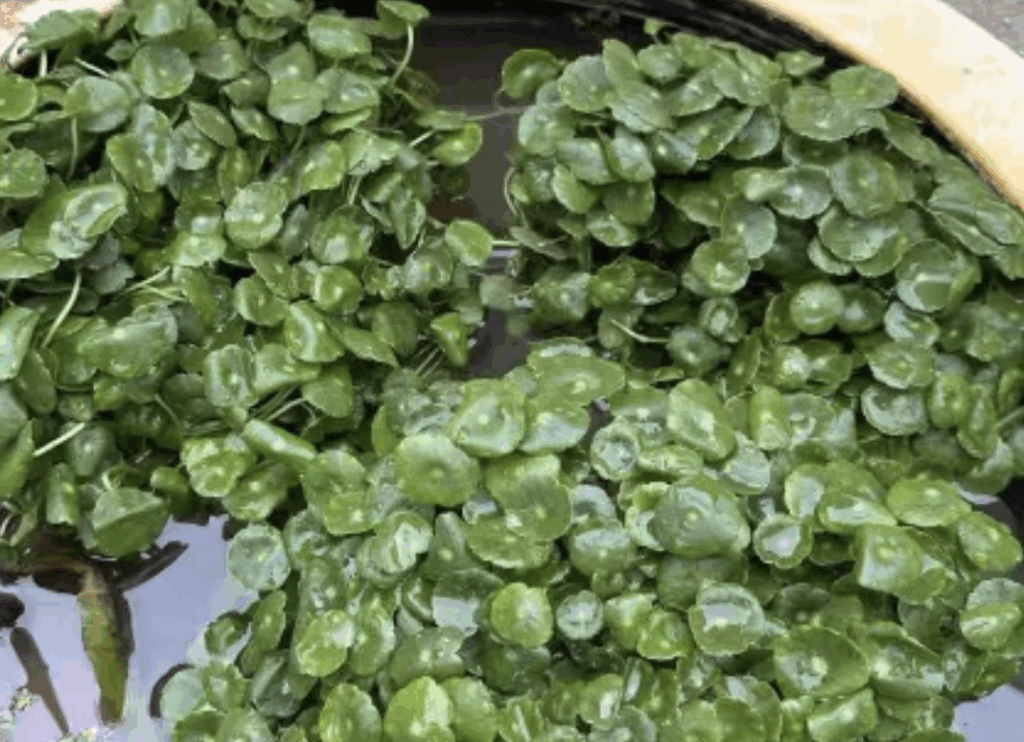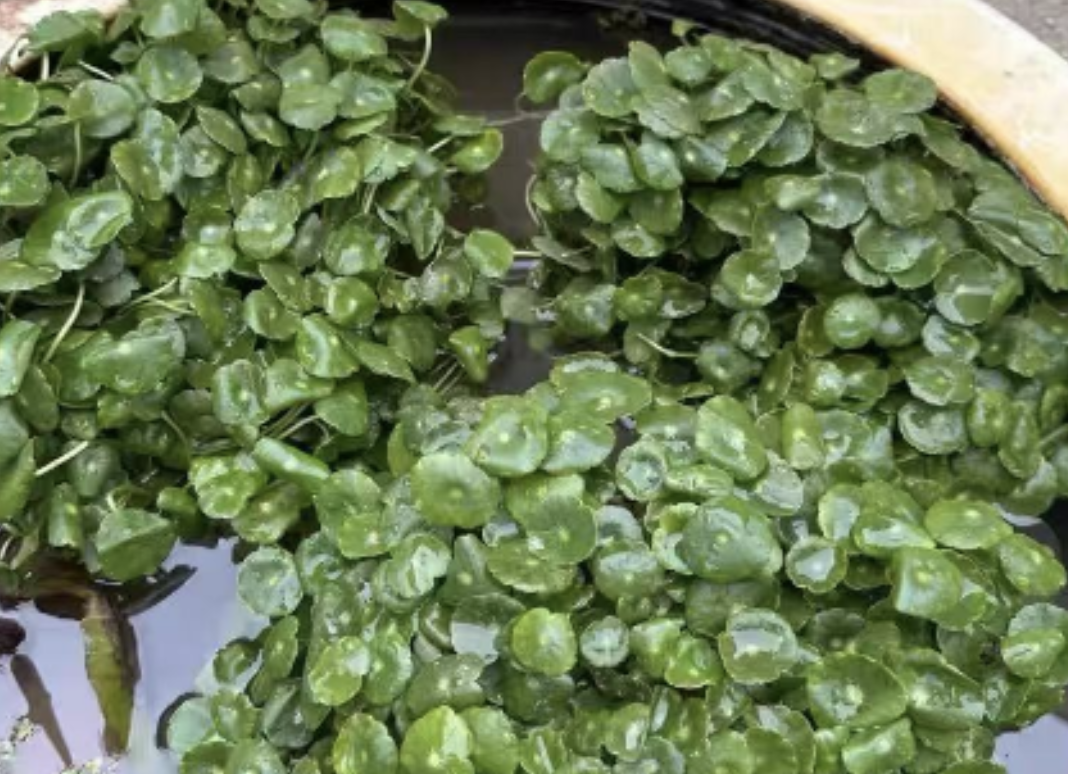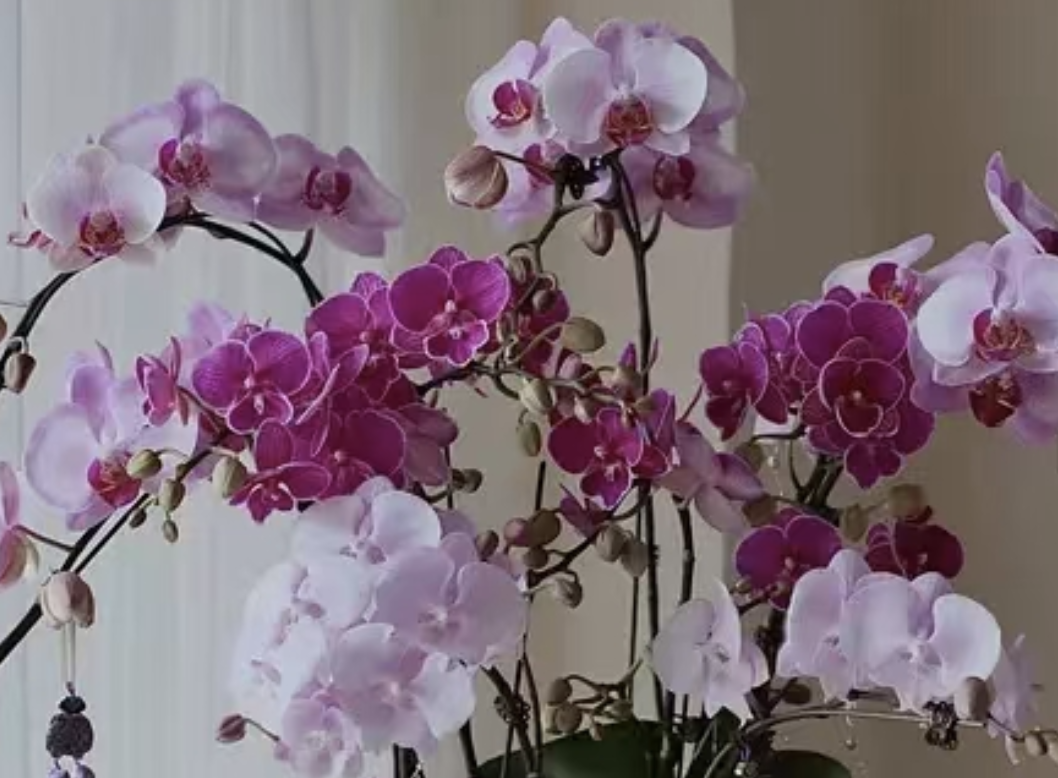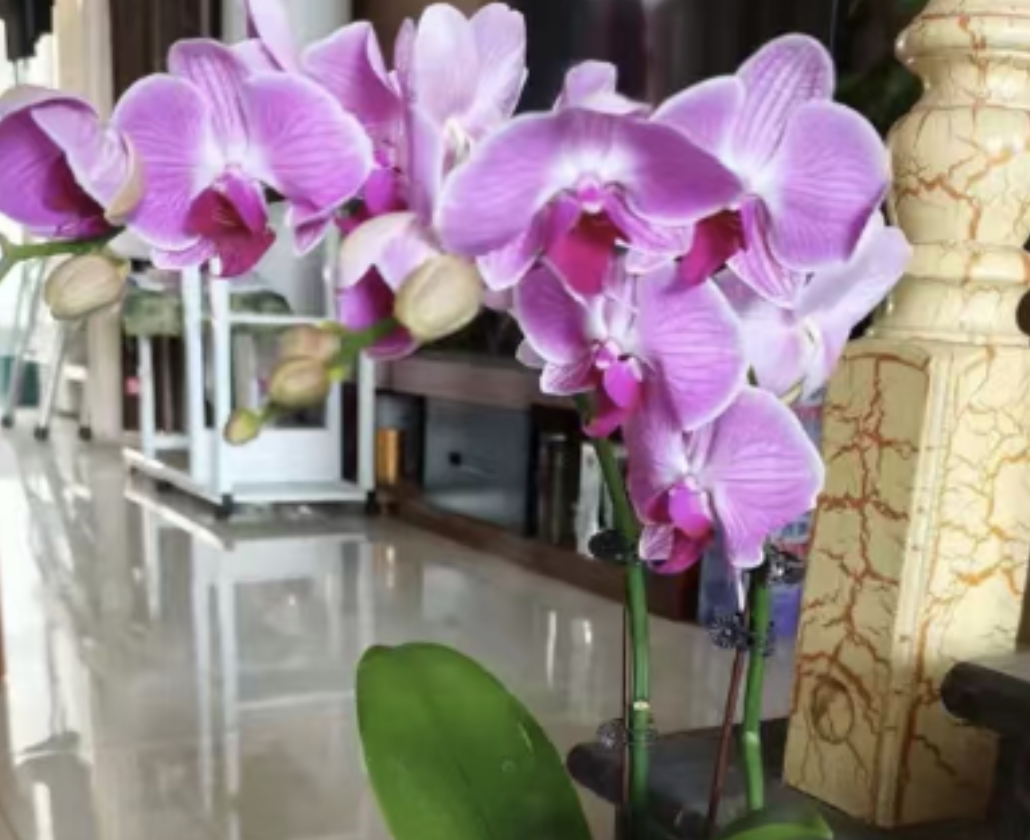When it comes to nutrient deficiency in Phalaenopsis orchids, the signs are quite obvious and easy to spot. Yellowing leaves, shriveled roots, and shortened blooming periods… these seemingly ordinary symptoms are actually the plant's way of signaling that it's not getting enough nutrients.

First, look at the leaves. Healthy orchid leaves are thick, glossy, and firm to the touch. When the plant lacks nutrients, the leaves become soft, like deflated balloons, and the color fades. They lose the deep, shiny green and may even turn yellow, especially the young leaves, which may wilt before fully growing. The edges of the leaves may scorch, looking as if they were burned, and you might even notice spots. They feel thin and lack any texture.
Next, observe the flowers. A nutrient-deficient orchid may either not bloom at all, or if it does, the flower spikes will be so thin that they can’t support the flowers, causing them to droop even before blooming. If the orchid does manage to bloom, the flowers will be small, pale, and lack vibrancy, wilting after just a few days, instead of remaining full and long-lasting.
So, what should you do when you notice your orchid is nutrient deficient? It’s not difficult; the key is giving it the right nutrients.
First, choose the right fertilizer. Don’t use just anything. Phalaenopsis orchids prefer gentle fertilizers, and a specialized orchid fertilizer works well, as it has a balanced ratio of nitrogen, phosphorus, and potassium and won’t burn the roots. Avoid using household organic fertilizers directly, like unfermented rice water or fish guts, as these can attract pests and cause root rot, making the situation worse.
Next, consider the fertilizing method: "small amounts, more often." Apply fertilizer roughly every two weeks, but don’t use too much—dilute it according to the instructions. High concentrations can harm the roots. You can either dissolve the fertilizer in water and pour it onto the potting mix or spray it onto the leaves. The latter is absorbed quickly by the leaves and yields faster results.
Timing is also important. Spring and autumn are the orchid’s growing seasons, so that’s when you can fertilize more. Avoid fertilizing during the hot summer or cold winter months when the plant is not actively growing, as it won’t absorb the nutrients, and it would just be a waste.
Here’s a little trick: If the leaves are still very limp, besides fertilizing, you can spray water around the orchid to maintain humidity and help it recover. Just don’t overwater, as moist potting soil can lead to root rot and hinder nutrient absorption.
In essence, Phalaenopsis orchids are like people—they lose their vitality when lacking nutrients. Once you recognize the signs and provide the right nutrients, it won’t be long before they bounce back. The leaves will become thick and shiny again, and the flowers will bloom abundantly and vibrantly.




Leave a Reply